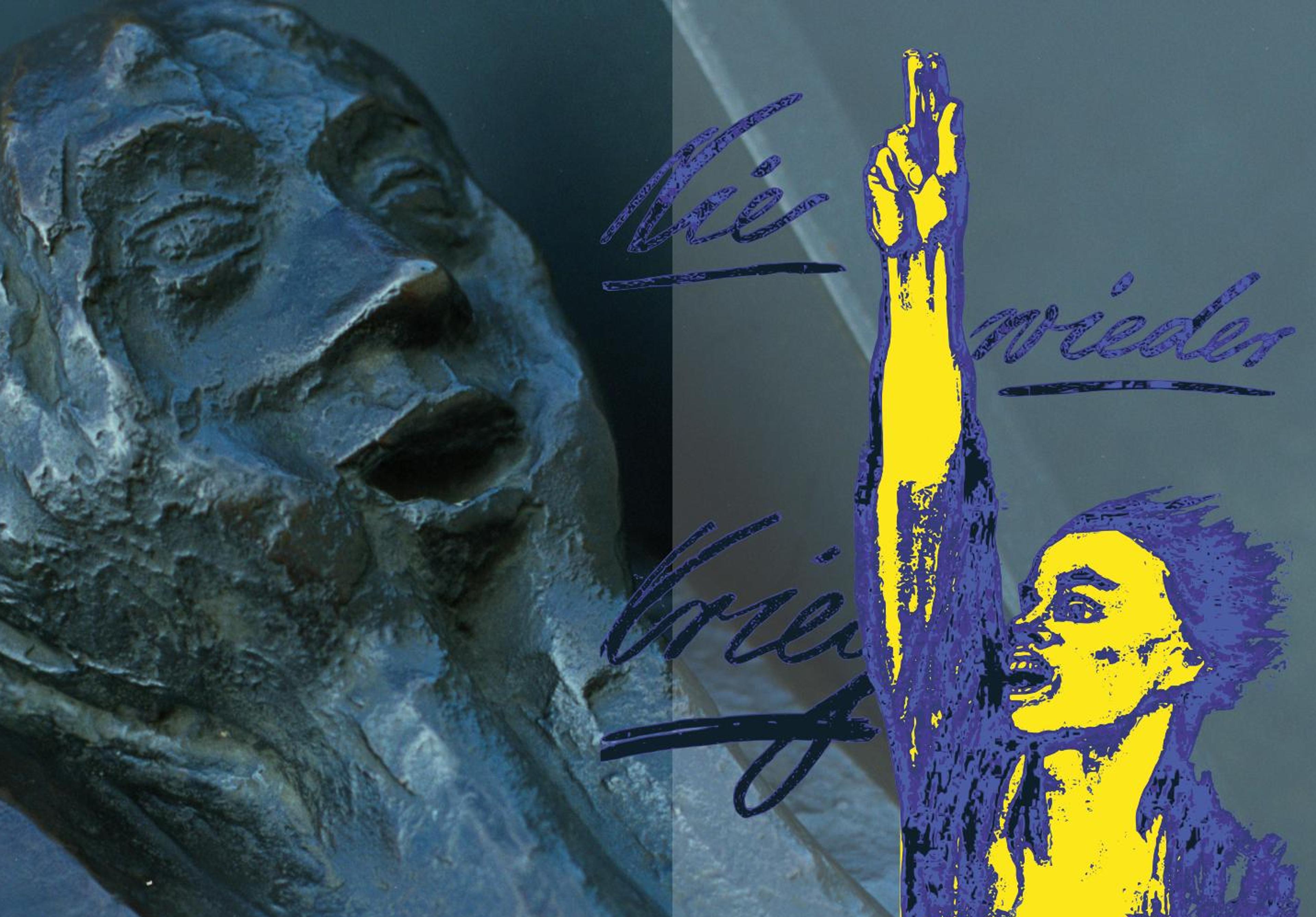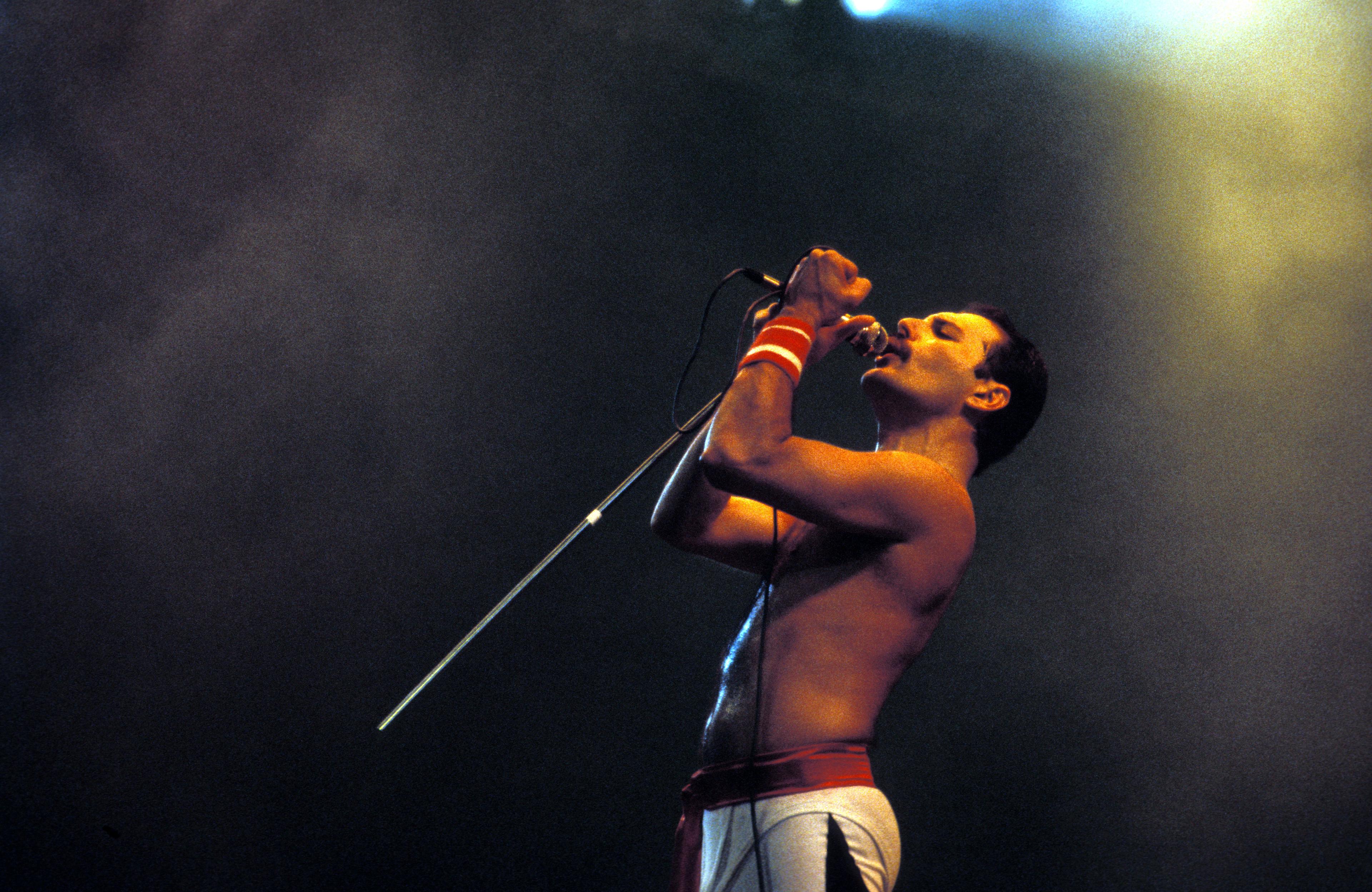
14.04 - 14.07.2013
Christian Rohlfs The Magic of Colors
There has ever been a deep longing for colors. Christian Rohlfs recognized this like hardly any other artist of his time.
Barlach Kunstmuseum Wedel
Colors are signs that trigger feelings and associations in the viewer. They attract his attention, cause unconscious reactions, influence moods and transport meaning. There has ever been a deep longing for colors; they are synonymous with life, emotion and magic.
Christian Rohlfs recognized this like hardly any other artist of the time. The expansive materiality of color, its form-giving potential and, not least, its psychological effect increasingly became the focus of his artistic work.
After completing his studies at the Weimar academy, Rohlfs related his choice of colors and motifs to the French open-air painting of the Barbizon school. Very soon, however, he overcame the genre painting of naturalism and it was the French Impressionists who encouraged Rohlfs to explore the light and transparent effects of color. He now succeeded more and more convincingly in using loosely set brushstrokes to capture the airy and intensely colored shimmering of the sunlit surroundings.
Inspired by the Karl Ernst Osthaus collection of modern European art in the Folkwang Museum in Hagen, Rohlfs began to study Cézanne, van Gogh and Munch intensively. His tendency towards stylization and reduction is now particularly supported by the flow of color in watercolor. From then on Rohlfs experimented more and more freely with colors. In the 1920s he abandoned oil painting more and more in favor of freely designed watercolor and tempera works, in which he created color and light compositions of incomparable floating transparency.
In large formats Rohlfs now paints brightly colored blossoms and landscapes, which he often alienates technically in a completely new way. To do this, he often even works on them in a water bath, scraping off the upper layer of paint with the help of a wire brush to let the lighter shades underneath shine through. In this way, the motif is stripped of its representational quality and the color unfolds its central meaning and expressiveness.
At the end of the 1920s, the artist went to the Swiss town of Ascona on Lake Maggiore. The specific brightness of the south enticed the almost eighty-year-old artist once again to an intensive examination of the pictorial representation of light and color. The content almost completely recedes in favor of a flaming coloration. Light penetrates the colors, making them glow and creating a transparent appearance. The depicted motifs appear floating and detached from all material heaviness.
The exhibition "Christian Rohlfs - Magic of Colors" showed more than 80 paintings from all creative phases, but focuses on the colorful works of the 1920s and 1930s.







